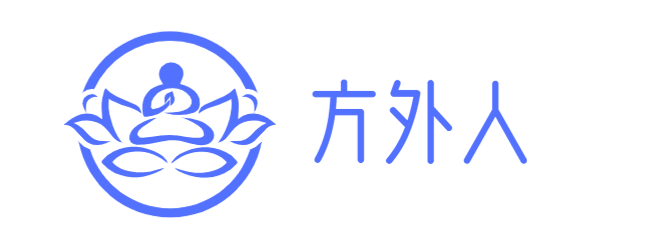打破代码壁垒:继承在面向对象编程中的应用
在面向对象编程(OOP)中,继承是一种强大的机制,它允许一个类(通常被称为子类、派生类或子类型)从另一个类(通常被称为超类、基类或父类)那里继承属性和方法。
在本文中,我们将深入探讨如何通过实现继承的概念来优化我们的代码。首先,我们将看到一个未使用继承的示例代码,以突出显示继承在简化代码和提高代码复用性方面的优势。通过比较这两种代码示例,您将更清楚地理解继承如何帮助我们在编程实践中实现更好的代码结构和更高的效率。
class Product {
protected $name;
protected $price;
public function __construct($name, $price) {
$this->name = $name;
$this->price = $price;
}
public function getName() {
return $this->name;
}
public function getPrice() {
return $this->price;
}
}
class Book {
protected $title;
protected $author;
protected $price;
public function __construct($title, $author, $price) {
$this->title = $title;
$this->author = $author;
$this->price = $price;
}
public function getTitle() {
return $this->title;
}
public function getAuthor() {
return $this->author;
}
public function getPrice() {
return $this->price;
}
}
// 用法
$cloth = new Product("T-shirt", 20);
echo "Cloth: " . $cloth->getName() . ", Price: $" . $cloth->getPrice() . "<br>";
$book = new Book("The Great Gatsby", "F. Scott Fitzgerald", 15);
echo "Book: " . $book->getTitle() . " by " . $book->getAuthor() . ", Price: $" . $book->getPrice();
现在,请允许我们深入剖析一下这段代码。在这个情境中,书籍被视为一种特殊的产品。值得注意的是,getPrice() 方法在 Book 类中再次被编写,而不是直接从 Product 类中继承使用。此外,我们可以直接利用 Product 类的 name 属性来表示书名。
进一步设想,如果我们需要创建 20 个这样的类,它们都是 Product 的子类。在这种情况下,我们将会重复编写相同的代码 20 次,这无疑是一种冗余的做法。这样的代码库会变得混乱不堪,难以维护,且缺乏一致性,更难以阅读和理解。
因此,我们应该选择扩展 Product 类并重用已有的代码。同时,如果不同的产品类型需要表现出一些独特的行为,我们可以利用多态性的概念来实现。接下来,让我们重新编写代码,看看它会是怎样的一种形式。
class Product {
protected $name;
protected $price;
public function __construct($name, $price) {
$this->name = $name;
$this->price = $price;
}
public function getName() {
return $this->name;
}
public function getPrice() {
return $this->price;
}
}
class Book extends Product {
protected $author;
public function __construct($name, $price, $author) {
parent::__construct($name, $price);
$this->author = $author;
}
public function getAuthor() {
return $this->author;
}
}
// 用法
$cloth = new Product("T-shirt", 20);
echo "Cloth: " . $cloth->getName() . ", Price: $" . $cloth->getPrice() . "<br>";
$book = new Book("The Great Gatsby", 15, "F. Scott Fitzgerald");
echo "Book: " . $book->getName() . " by " . $book->getAuthor() . ", Price: $" . $book->getPrice();
现在,请允许我们深入审视这段代码。它不仅提升了功能复用性,还使得类扩展与实现不同类型的产品变得轻而易举,无需冗余代码。
更值得一提的是,通过采纳通用属性,我们的代码更加统一。这为我们实现其他面向对象编程(OOP)的核心概念,如抽象、多态性和封装,奠定了坚实的基础。
因此,继承不仅令代码更加可重用、模块化,还增强了其一致性、可维护性,以及可读性。作为OOP的四大支柱之一,对继承的深入理解无疑将推动您的代码质量迈向新的高度。








发表评论